Thanksgiving traditions: A staple in the holiday season
Linnaea Mallette/Public Domain Pictures
No matter how you choose to celebrate Thanksgiving, the Talisman staff wishes you a peaceful and restful holiday.
November 23, 2022
Waking up on a Thursday to the smell of turkey wafting up the stairs, thinking of the amazing meal that you are going to get to devour later that afternoon. You sit around the table filled with friends and family laughing with a gigantic smile strung across your face.
Even though 158 years have passed since Abraham Lincoln established the national holiday, Thanksgiving itself has changed very little and is centered around the idea of giving thanks. From the food that is eaten to the traditions surrounding it, many families celebrate it differently.
Ada Mae Wymer, a Delaware resident, reflected on what her Thanksgiving traditions were when she was a teenager during World War II.
“In the weeks leading up to Thanksgiving, we would save all of our ration stamps to buy sugar, butter or meat for the holidays,” Wymer said. “We had the traditional turkey and lots of good food and conversation. After the meal, my sister played the piano, my dad the violin and my brother whatever instrument he brought with him. We sang and talked and laughed and the war was forgotten for a few hours.”
Even with the tumultuous times of having relatives fighting in the war, Thanksgiving seemed to offer her a certain comfort or a moment of peace.
Thanksgiving traditions don’t just happen on Thanksgiving day, but also the Saturday before then at the Worthington Resource Pantry in Worthington.
“For Thanksgiving, we usually order 250 turkeys plus all the dishes that go along with it,” executive director Nick Linkenhoker said. “We do a drive-through service that allows people to drive up right to our doors and get their groceries that they need for their Thanksgiving dinner. It is one of our longest running programs as we have been doing this for at least 10-12 years now.”
The Worthington Resource Pantry is not funded by government agencies, nor is it faith based, but rather it relies on its surrounding community.
“We could not do what we do without our volunteers or financial donations,” said Linkenhoker. “We really exist because of the generosity of our community. And we really appreciate it, especially this time of year as people are thinking about what it means to be hungry, and what it means to not have food.”
Programs like this go back to the real meaning of the holiday by allowing their communities to show their thankfulness through volunteering or donating.
Kimberly Young, a Hayes French teacher, shared her family traditions.
“One of my family’s traditions is that we always do some kind of Christmas craft with my kids, my nieces and nephews,” Young said. “We then hang them on our christmas tree or display them in a bowl on our table.”
Young also volunteers regularly in the Delaware community.
“My family always either donates money or when school is doing a food drive for Thanksgiving we always participate,” Young said.
Some criticism of the holiday revolves around its history involving misrepresented stories of the pilgrims and Native Americans.
However, both Young and Wymer see that the holiday has progressed past its original roots.
“For me, it is a day to gather with my family and friends and be thankful and grateful for what’s in your life and the things that you have,” Young said. “It’s really less about the cultural celebration, or the historical celebration of you know, the pilgrims or the Indians.”
Thanksgiving has become more than just a time to recall history but rather a time to come together and look past people’s differences—political, religious, age, or gender.
“Thanksgiving reminds me of the freedoms my family was fighting for in World War II,” Wymer said. “You can go to church or you can stay home, the freedom to worship how you want, the freedom of the press, the elections that we have going on right now. We have the freedom to do that.”




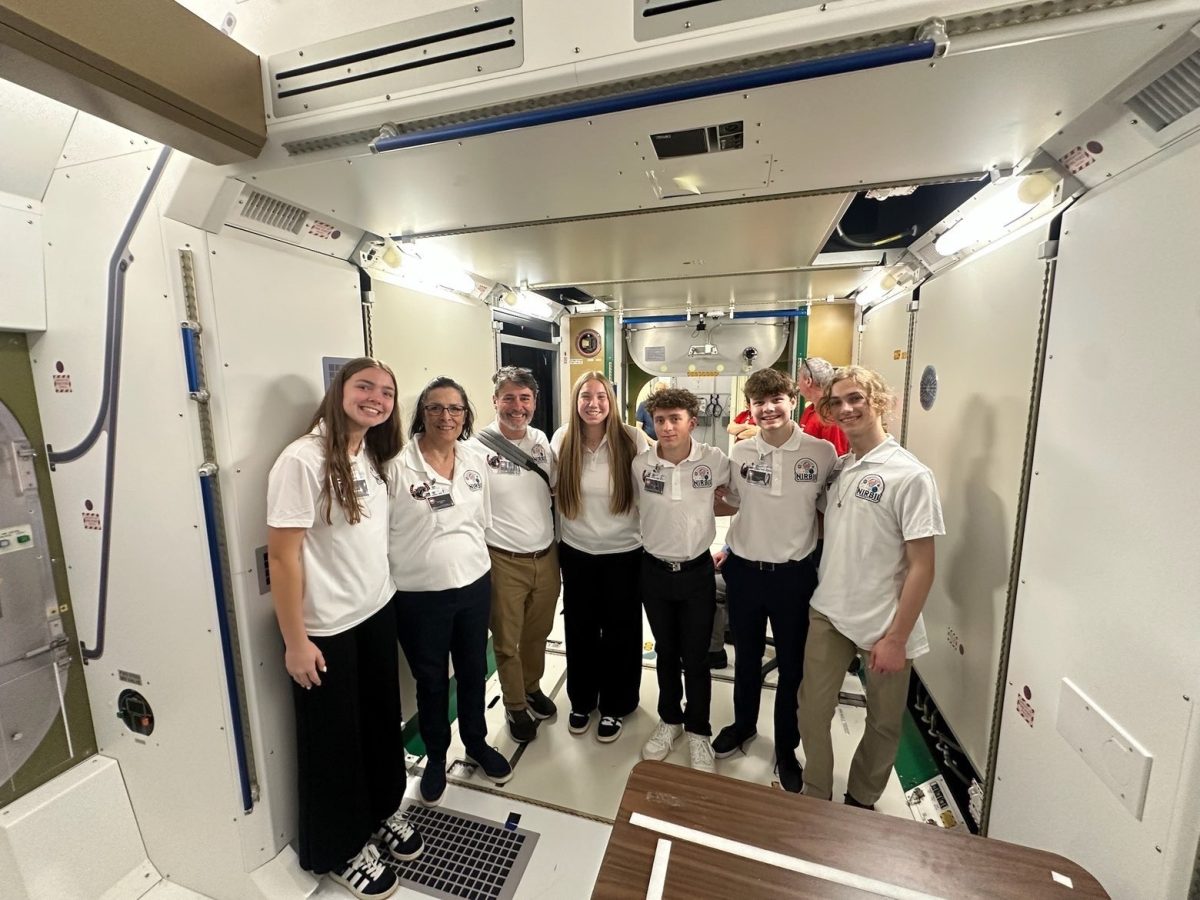
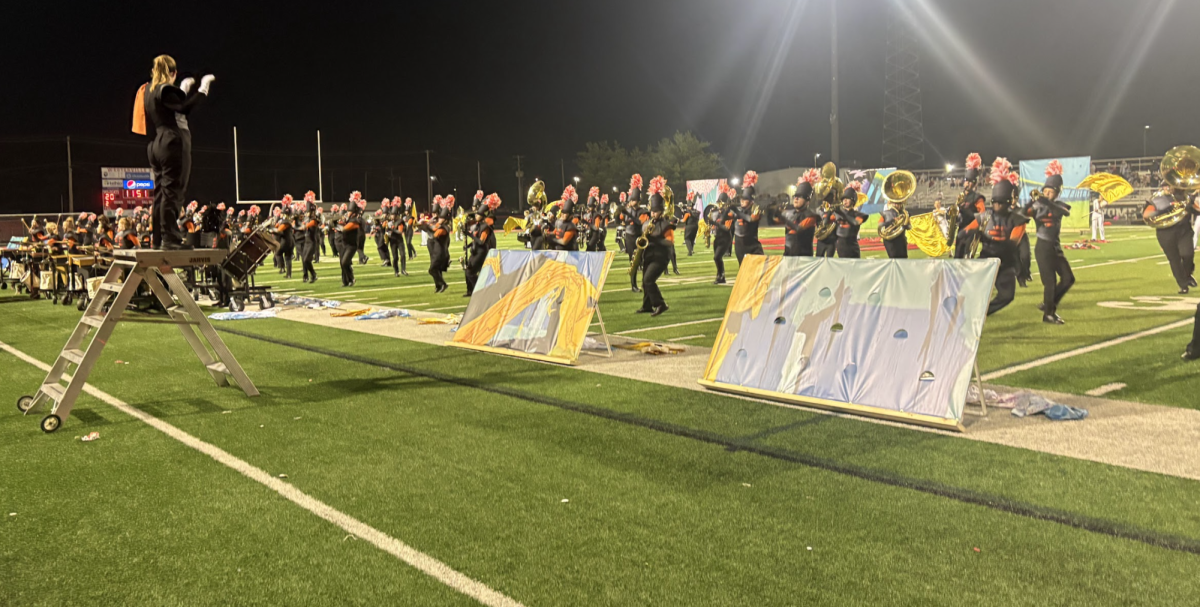

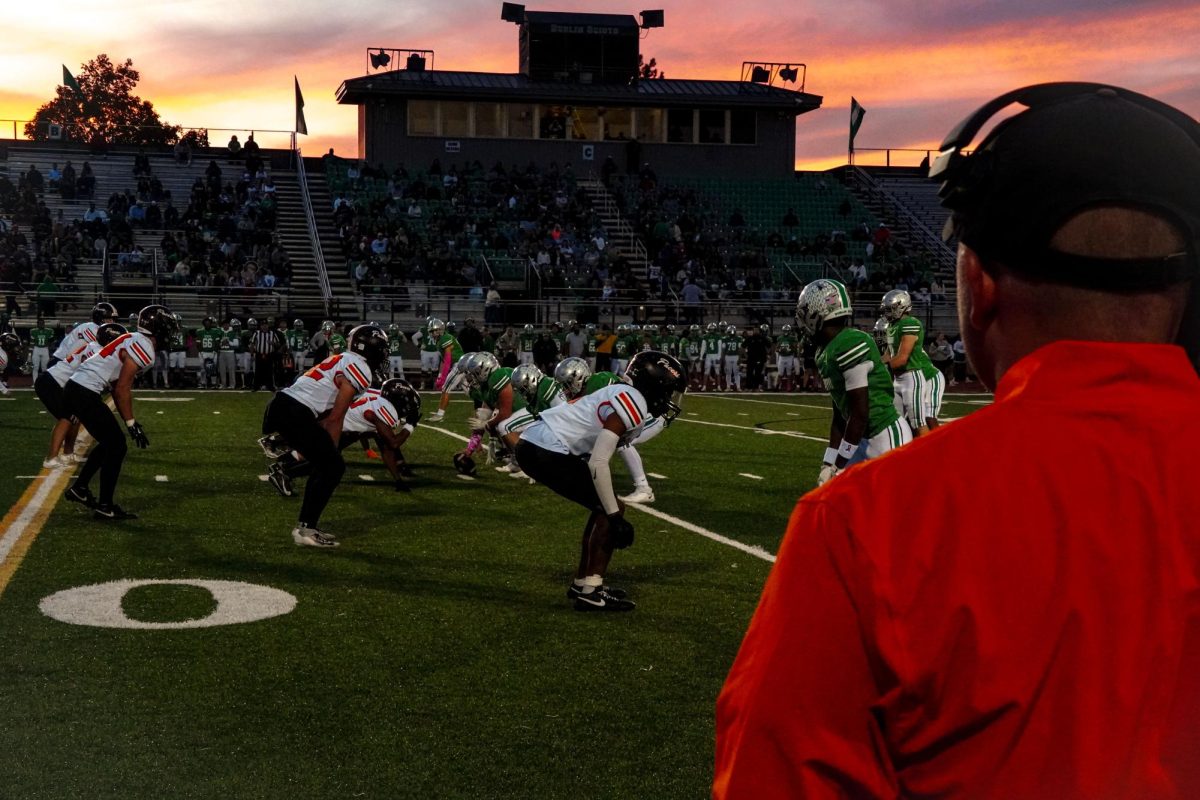
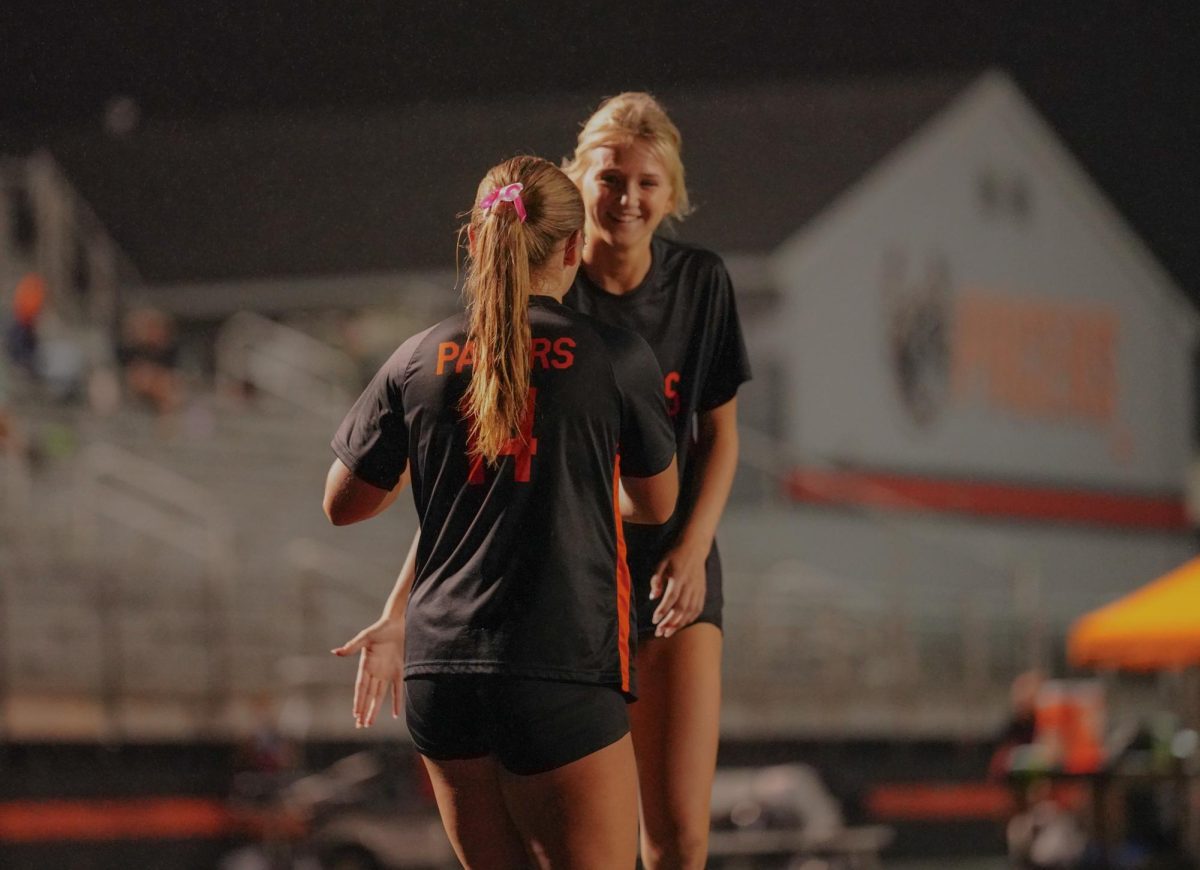








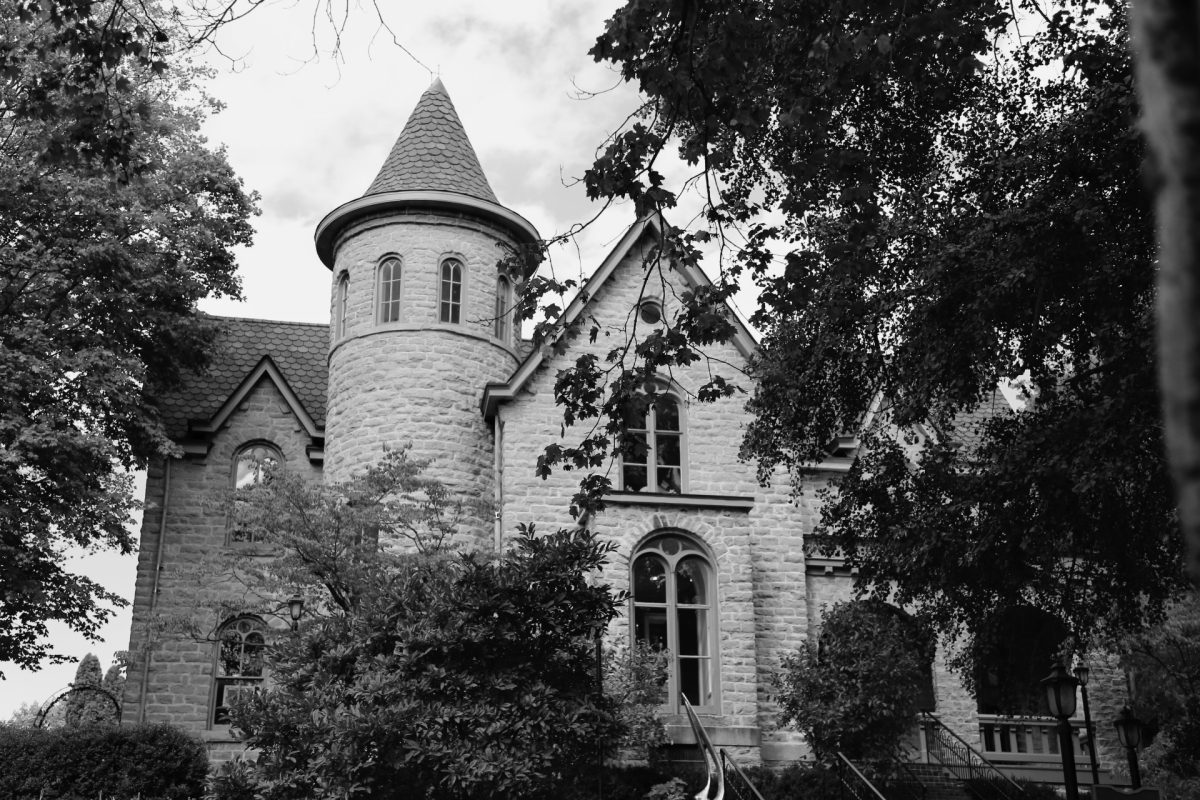










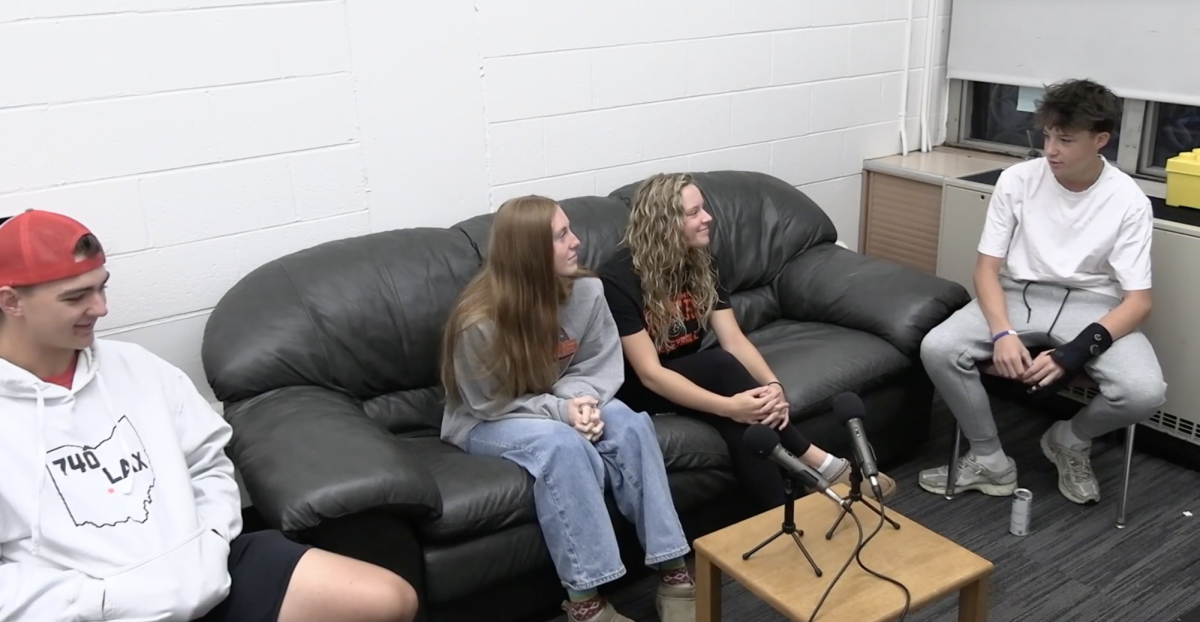


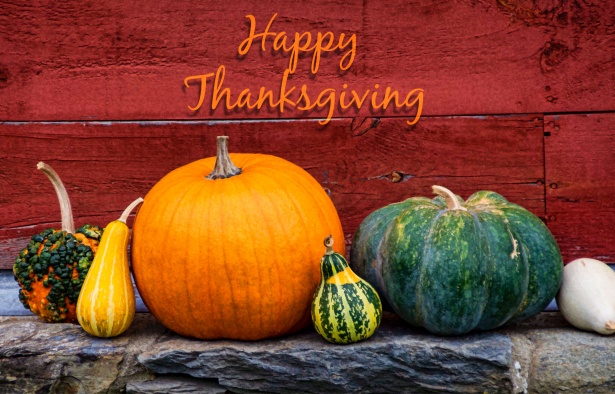








Evan B • Dec 2, 2022 at 2:15 pm
Sehr gut! Vielen Dank!